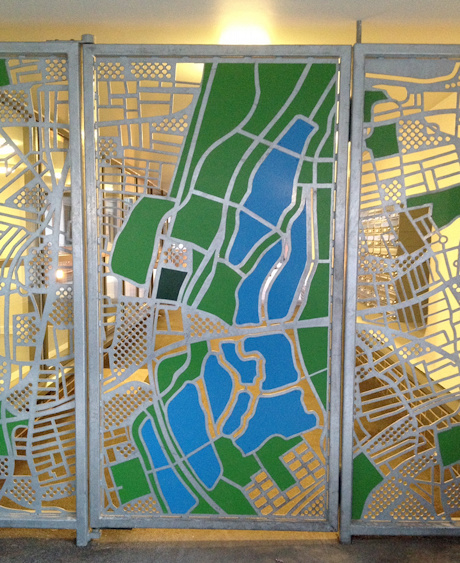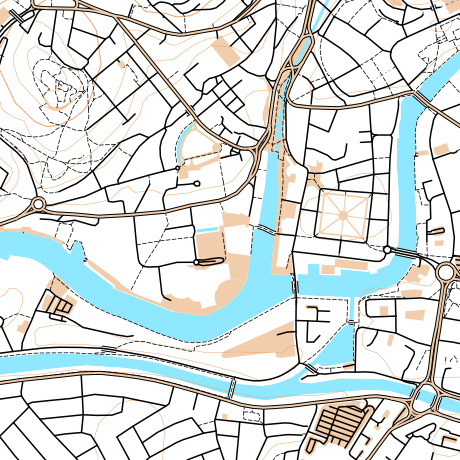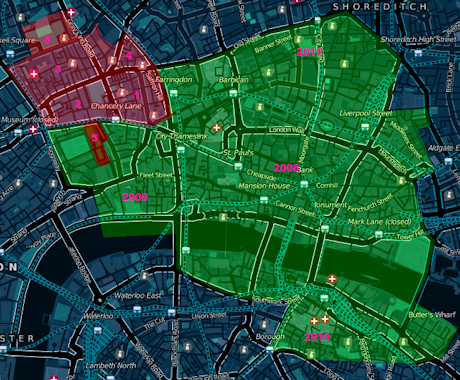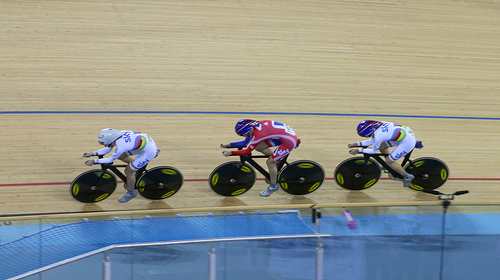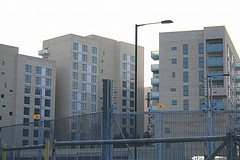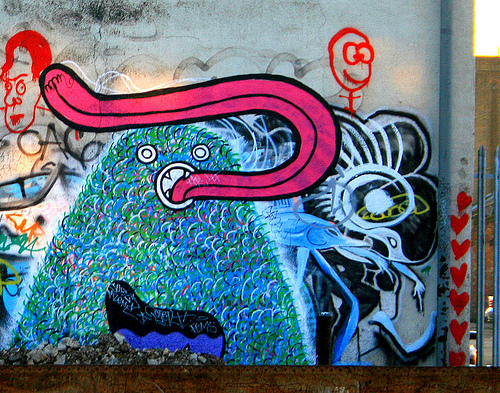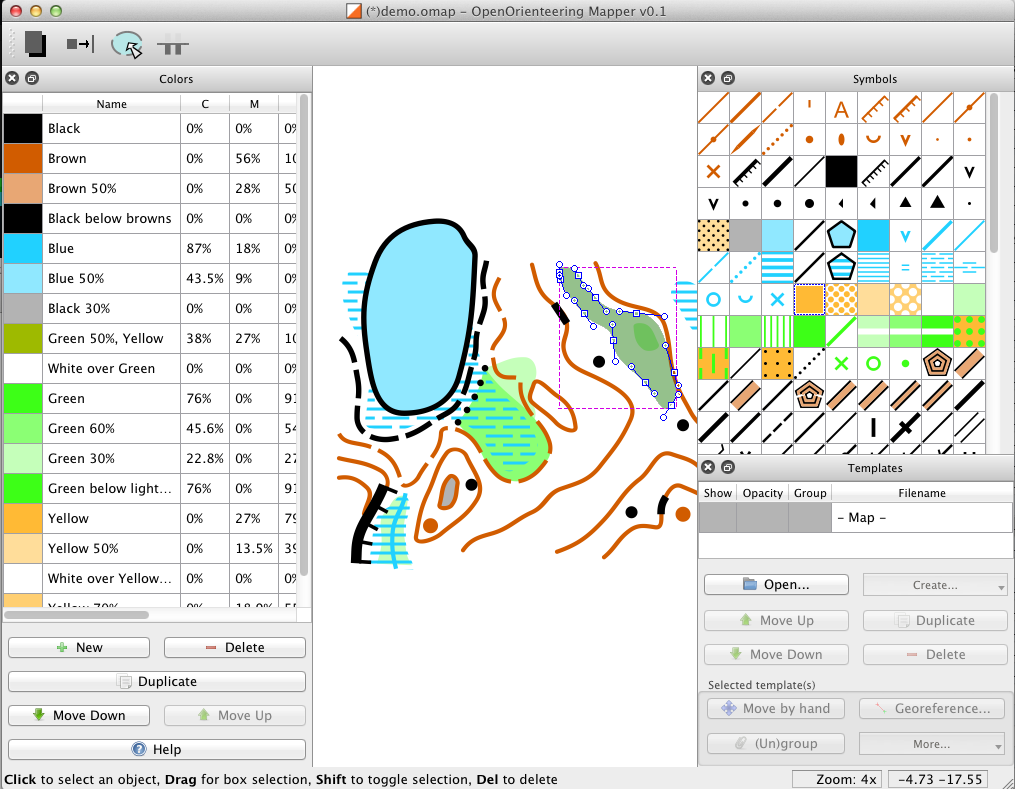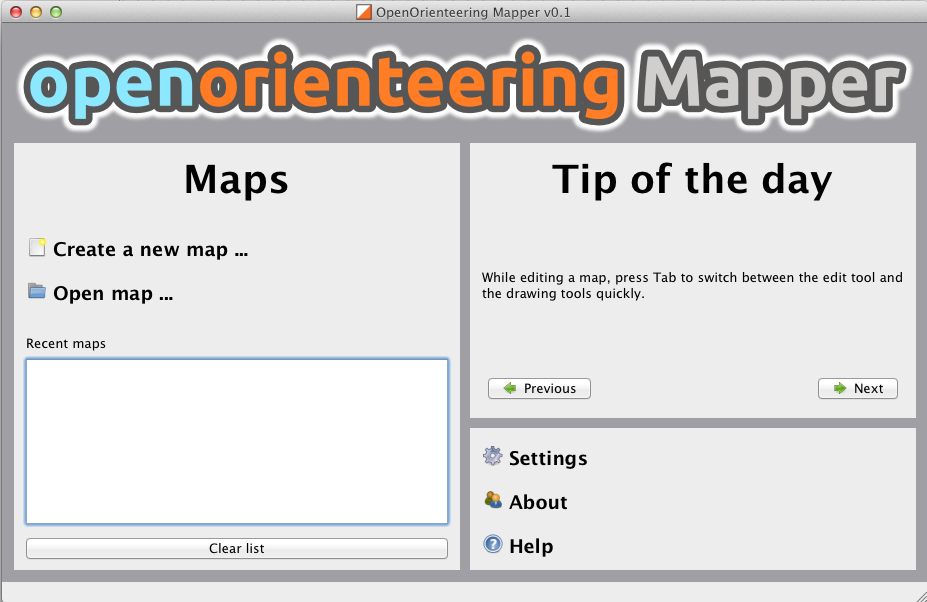
Rank Clocks are a type of visualisation invented by Prof Michael Batty here at UCL CASA. They are time-based line charts, wrapped around a clockface – with the start date at the top, wrapping around clockwise to the end date. The lines on the clock show the change in ranking of the items being visualised. By effectively wrapping a line chart around itself, certain patterns, that would be otherwise hard to spot, become clearer.
Starting from Prof Batty’s Rank Clocks application (written in VB), I created a web version that has a subset of the application’s features, but also includes a map, allowing both temporal rank changes, and location, to be shown. A future enhancement would also be to show the change in location with time as well (an example would be how football clubs have moved around in London over the years and how their relative rank in the leagues has also varied) but for now each item in the dataset has just a single point location that remains constant with time.
Live Rank Clock site here.
The “classic” Rank Clock is of New York skyscrapers – looking at the clock allows bursts of skyscraper development to be easily spotted, and as New Yorkers have been building skyscrapers for over a hundred years, and have many of them, it is a rich dataset. I have curated a London equivalent from various sources including Wikipedia. It includes the many residential towerblocks of the 1960s/1970s, many now knocked down, but is not quite the same as New York’s.
The website is written in Javascript, using OpenLayers both for the map (with OpenStreetMap background) and for the rank clock itself. For the rank clock, I am doing some basic trigonmetry to calculate the coordinates needed to show the lines and converting from polar coordinates to “native” screen coordinates. This is a novel but not particularly efficient use of OpenLayers, but I used it as I am quite familiar with using OpenLayers, particularly for showing lines as vectors, rather than using a Javascript vector-based charting API which would be the more obvious choice.
My interpretation of the Rank Clock concept has plenty of flaws – in particular, data can often be easily obscured, and spotting patterns in noisy (frequently changing rank) data is difficult. It’s difficult even to select lines (to see their caption) if other lines are nearby and overlaying them. Nonetheless, it can provide an unusual way of looking at some interesting datasets.
For one of the datasets in the sample website (US baby names) I have repurposed the map to effectively show a 2D graph indicating beginning and ending (in time) positions of the names – so here OpenLayers is being used to show two “maps” – but neither are actually maps.
I’ve also linked into the Google Earth browser plugin (installation maybe be required), replacing each dot on the OpenStreetMap map, with a column of varying height (and colour) based on the initial rank, with an extent appropriate to the data set. Google Earth can be refreshed by supplying new KML information – and it turns out that OpenLayers has a rather nice KML conversion and export feature for any geometry in it, which allows Google Earth to be driven in this way. This is done when clicking on a Rank Clock line, allowing the equivalent feature in Google Earth to be redrawn with a thicker border. Unfortuantely events cannot be captured from Google Earth and back into the OpenLayers map, so clicking on a pillar in the former will not highlight the corresponding Rank Clock line in the latter. Still, it’s a nice way of linking spatialtemporal information and then visualising it in 3D.

I carried this work out quite a while ago, but haven’t mentioned it to now, as it’s not complete. There are only a limited number of datasets available, and plenty more features could be added – and the navigation and interaction improved significantly. Please bear this in mind when viewing the live site.
There are a few “toy” features already though – you can invert the rank clock (normally the top-ranked items are in the middle of the circle and so are hard to see), change the metric the colour is showing, and filter and relayer.
The three rank clocks shown here are showing: TOP – Changes in population of the London Boroughs of Newham and Tower Hamlets, and the City of London, over 150 years. The City of London line spirals outwards, showing its drop in population (and so rank). Tower Hamlets also shows a big drop in rank during WWII, but has started to increase again recently. Westminster’s population rank has steadily increased, until WWII – but again its rank has also more recently increased. MIDDLE – Tall buildings in London, coloured by year they were built. The oldest (red) buildings have been selected and show in Google Earth, showing that such buildings were entirely in the centre and west of London. BOTTOM – US company revenue. The San-Francisco-headquartered companies are selected on the map and correspondingly highlighted on the rank clock, showing that only one was founded before the 1970s – IBM – and a general spiralling inwards as Silicon Valley grows.
Live Rank Clock site here.

